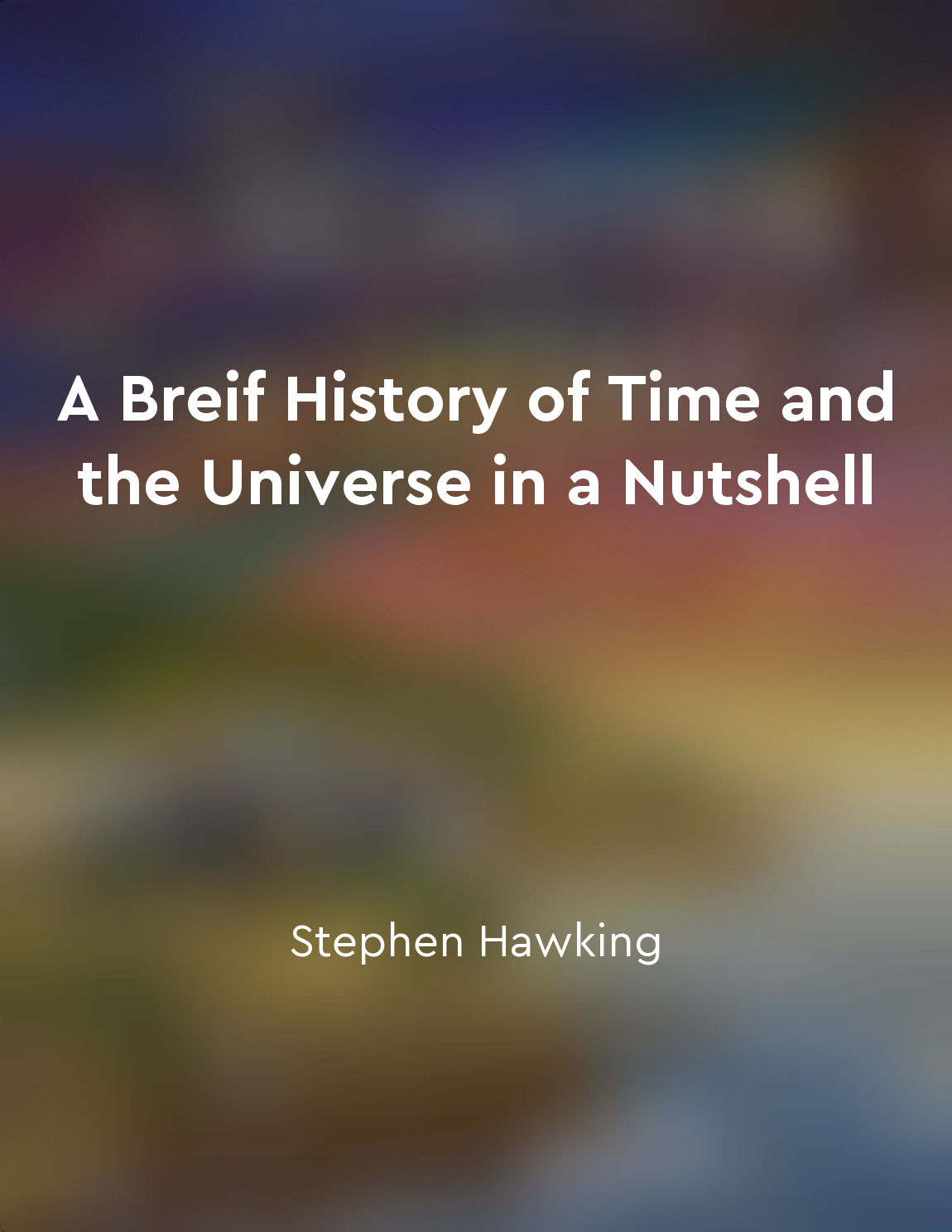The role of gravity in string theory from "summary" of The Elegant Universe: Superstrings, Hidden Dimensions, and the Quest for the Ultimate Theory by Brian Greene
The concept of gravity in the context of string theory is a fundamental component of the theory itself. In the framework of string theory, gravity is not viewed as a force that acts at a distance, as in Newtonian physics, but rather as a manifestation of the geometry of space-time. This means that the presence of matter and energy in the universe warps the fabric of space-time, causing objects to move in curved paths. The key idea in string theory is that particles are not point-like objects but rather tiny, vibrating strings. These strings can be open or closed, and their different vibrations correspond to different particles. One of the consequences of this view is that gravity is also mediated by these strings. In other words, gravity is not a separate force but emerges from the interactions of these strings. The role of gravity in string theory is crucial for understanding how the theory can potentially unify all the fundamental forces of nature. In the framework of string theory, gravity is just one aspect of a larger, unified theory that encompasses all the fundamental forces. This is in contrast to conventional physics, where gravity is treated separately from the other forces. One of the challenges of incorporating gravity into string theory is that it requires the existence of extra dimensions beyond the familiar three spatial dimensions and one time dimension. These extra dimensions are compactified, or curled up, at very small scales, making them invisible to our everyday experience. It is in these extra dimensions that the strings can vibrate and interact in ways that give rise to the force of gravity.- Physicists hope to eventually develop a complete and consistent theory of quantum gravity. This theory would not only describe the behavior of gravity at the smallest scales but also explain how it fits in with the other fundamental forces of nature. Ultimately, the quest for a unified theory of physics, incorporating gravity and the other forces, is a central goal of modern theoretical physics.
Similar Posts

Energy is a conserved quantity that can be transferred and transformed
The principle that energy is conserved is fundamental in physics. This means that energy cannot be created or destroyed, only t...
Friction influences fluid dynamics
Friction plays a significant role in the world of fluid dynamics, influencing the behavior of fluids in numerous ways. When we ...
Conservation laws state that certain quantities remain constant in isolated systems
Conservation laws apply to isolated systems, where no external forces are acting. In such systems, certain quantities, such as ...

Time and space intertwined
In the vast expanse of the universe, time and space are not separate entities but rather intricately intertwined in a complex d...
Quantum mechanics governs the behavior of matter at small scales
Quantum mechanics reveals a startling truth about the world we inhabit. When we peer closely at the fabric of reality, studying...

